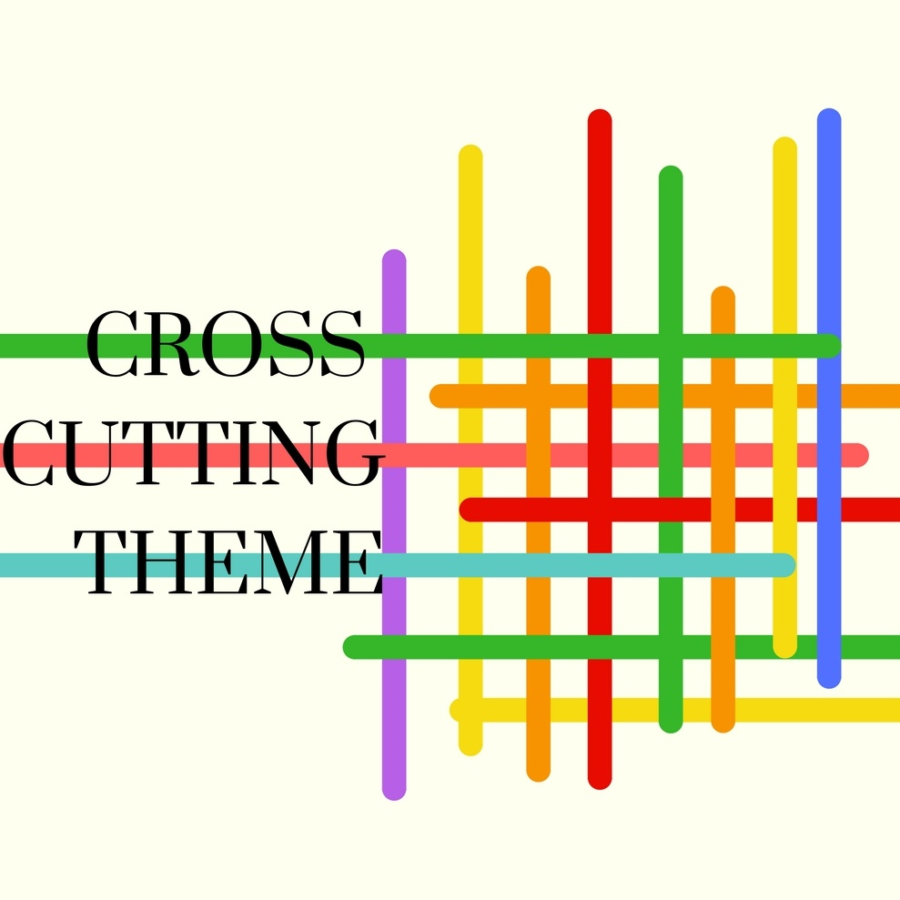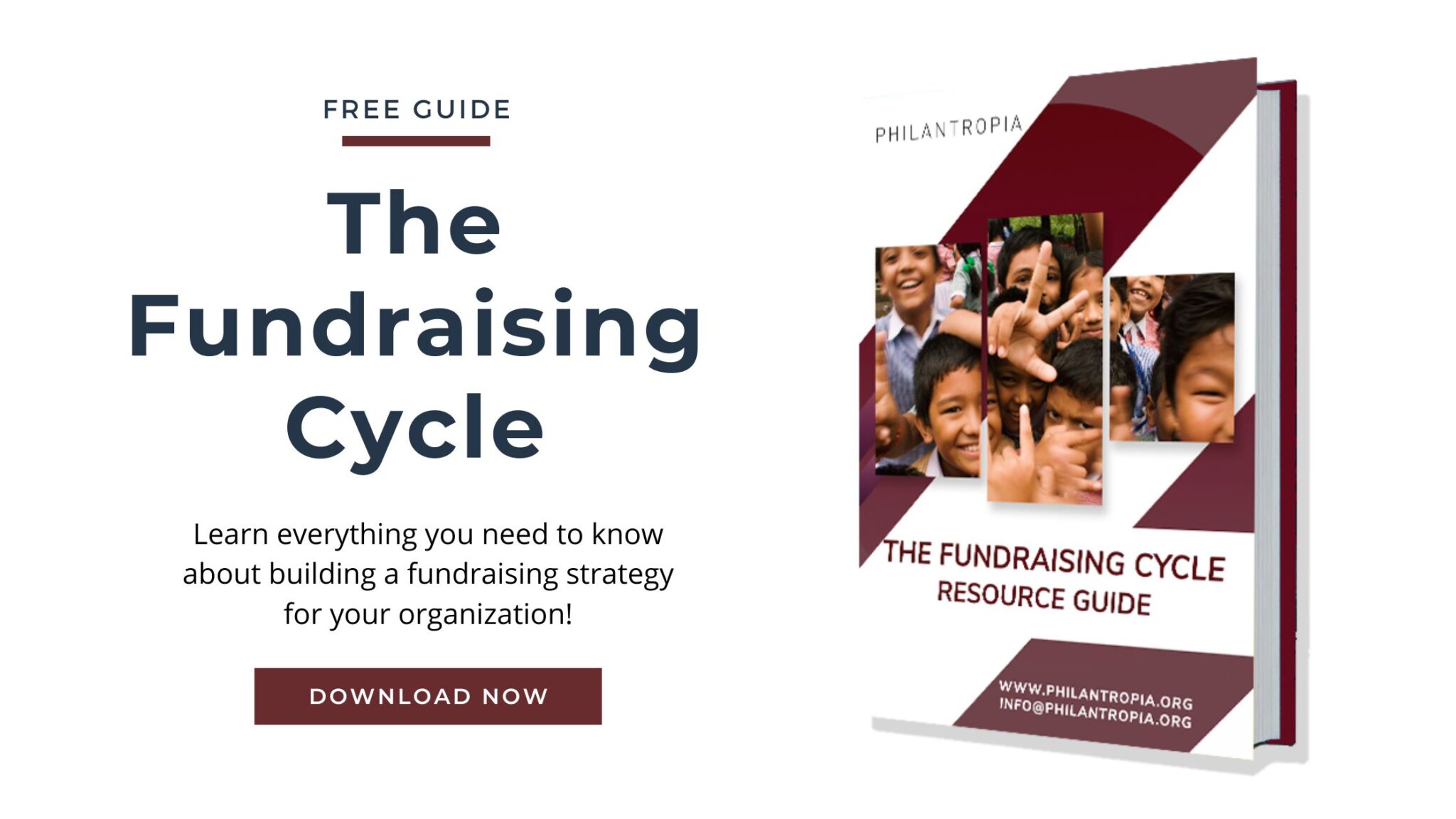In a Call for Proposal (CfP), a donor typically wants to address a very specific issue. To be successful, applicants must then prove they are completely focused on that specific issue. But what if a project touches on additional issues? Or is intended to be more holistic?
Cross-cutting themes are additional issues or areas that intersect with the main project or can be easily integrated into the project without losing focus of the main goal. These themes can be an effective tool for explaining how targeted impact in one project area can also have a much wider effect. For example, a project addressing climate change resilience may also improve the health and incomes of local farmers.
Purpose of cross-cutting themes
It is best for a project to focus on one central issue (avoid Spaghetti Syndrome!). Projects chasing multiple goals appear lacking in focus and disorganized. However, it is also true that good solutions may require a more comprehensive set of approaches and strategy. Organizing such a project using cross-cutting themes is one method to balance the need for focus with the need for broader coverage. Donors typically see projects designed to maximize these other areas that already intersect with the planned activities as added benefits, not distractions.
Additionally, cross-cutting themes can be used to explain how your project touches all aspects of a donor’s priorities. Maybe you are applying to a CfP focused on access to healthcare. If you research the donor and learn they are also interested in funding rural development and women’s issues in addition to healthcare, it would be helpful to explain how your project will touch these issues as well. Do this by labeling rural development and women’s issues as cross-cutting themes.
Examples of cross-cutting themes
There is no standard list of cross-cutting themes. A cross-cutting theme in one application may become the primary theme in another. However, some themes tend to be more easily integrated than others. These include:
- Gender equality
- Diversity and inclusion
- Environmental sustainability
- Livelihood development
- Poverty reduction
- General well-being
- Technology
You probably already use cross-cutting themes in your projects without even realizing it. For example, an NGO may propose a project to bring electricity to a rural village. In this case, the overall goal of the project is to improve standards of living in rural areas. However, the project can also easily be designed to install solar panels and ensure women and girls receive equal access to the benefits. Here, the cross-cutting themes used are environment and gender. Additionally, the NGO could train local community members on how to build and maintain the solar panels, which could promote vocational training and job growth.
Just take care not to lose site of your original project by adding too many additional components!





hi Alta,
Dear Alta Alonzi
Warm greetings from Bangladesh !
Thank you very much for giving clear details regarding cross-cutting themes on google. I gained lots of idea from this Articles .
All the best for you and Kind regards
Kaium
Dear Alta Alonzi Warm Greeting from India ,Thanks for giving clear details and idea regarding cross cutting themes, i am preparing for my interview Leadership position, this is good help my preparation. Thanks again With warm Regards Philip Mohod
Dear Philip: I am glad that the article is helpful to you.
Thanks for your nice article. I am a representative of an NGO in Bangladesh and already have a little experience about writing proposal on specific concepts. To write proposals on a single context is may be easier than writing with cross-cutting references. I did not have such sort experience so far. Reading this article I along with my Organization will be benefited. Thanks once again. I extend my heartfelt gratitude to you.
Dear Selim: Glad you found the article helpful and thank you for your kind words.